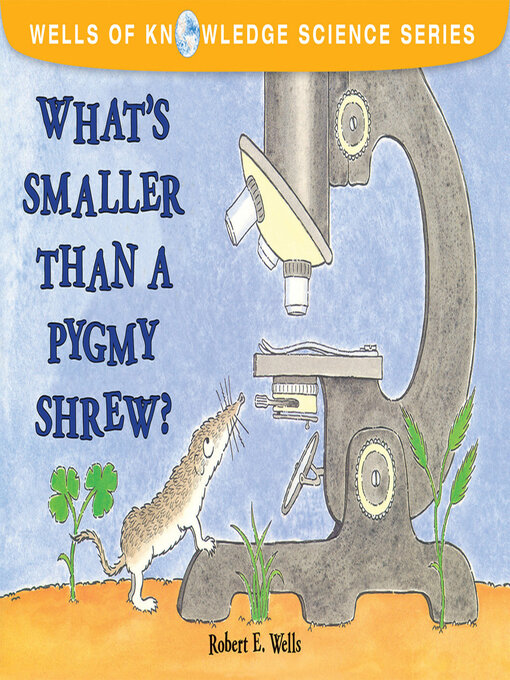1996 CBC/NSTA Outstanding Science Trade Book
A pygmy shrew is small—it's among the littlest mammals! A ladybug is even smaller, but it hardly seems tiny when you compare it to a protozoa! And there are many things smaller still—so small that we can see them only with a microscope. Would you believe there are particles that are so tiny that we can't measure their exact size? Explore the huge world of the very small!
- Available now
- Most popular
- Always available audiobooks
- All Fiction
- All Nonfiction
- New audiobooks
- See all audiobooks collections
- Battle of the Books - K to 2nd
- Battle of the Books - 3rd to 4th
- Battle of the Books - 5th to 6th
- Battle of the Books - Middle School
- Battle of the Books - High School
- See all featured collections


